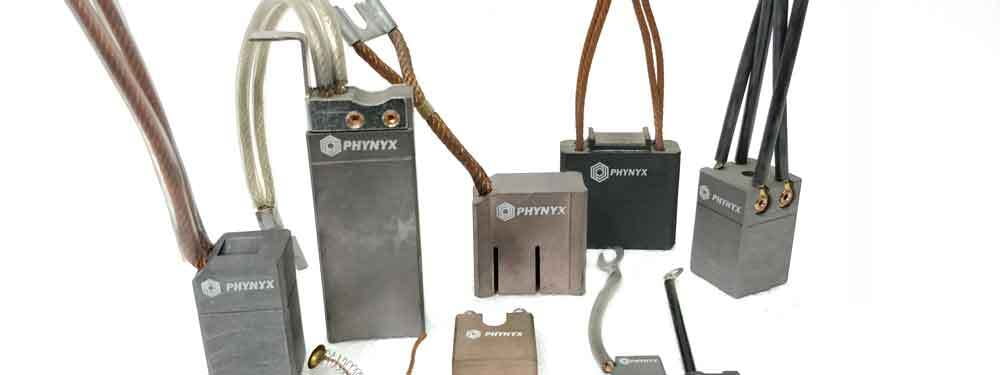Unveiling the Unsung Hero

Carbon brushes are often overlooked components, yet they play a crucial role in the smooth functioning of various electrical machines. From motors and generators to power tools and industrial equipment, carbon brushes are unsung heroes that enable efficient power transfer. In this blog, we will delve into what carbon brushes are and how they work, shedding light on their ingenious functionality.
What is a Carbon Brush?
A carbon brush is a small, rectangular or cylindrical device typically made from a mixture of carbon and other materials. It serves as an electrical conductor that makes direct contact with the rotating parts of an electrical machine, such as a motor's commutator or a generator's slip rings. The brush transfers electrical current from the stationary part of the machine to the rotating part, enabling the conversion of electrical energy into mechanical energy or vice versa.
How Does a Carbon Brush Work?
- Electrical Contact: When an electrical machine, such as a motor or generator, is turned on, an electrical current is supplied to the carbon brushes via the brush holders. The brushes then make direct contact with the rotating commutator (in DC motors) or slip rings (in generators or some AC motors).
- Conductivity: Carbon brushes are excellent electrical conductors due to the carbon and other conductive materials in their composition. When the brushes touch the rotating component, they complete the electrical circuit between the stationary and rotating parts, allowing the current to flow.
- Smooth Power Transfer: As the rotating part turns, the commutator or slip rings come in contact with the carbon brushes, creating a smooth and continuous flow of electricity from the power source to the machine's winding coils (in motors) or vice versa (in generators).
- Brush Pressure: The brushes are designed with a spring-loaded mechanism or other means of applying controlled pressure against the commutator or slip rings. This pressure ensures consistent contact and optimal electrical conductivity even as the brushes wear down over time.
- Self-Lubrication: Carbon brushes have inherent self-lubricating properties, reducing friction and wear during their contact with the rotating parts. This feature extends the life of both the brushes and the commutator or slip rings.
- Wear and Replacement: As carbon brushes are in direct contact with the rotating parts, they experience wear over time. When the brushes wear down to a certain level, they need replacement to maintain proper electrical contact and prevent any damage to the machine.

